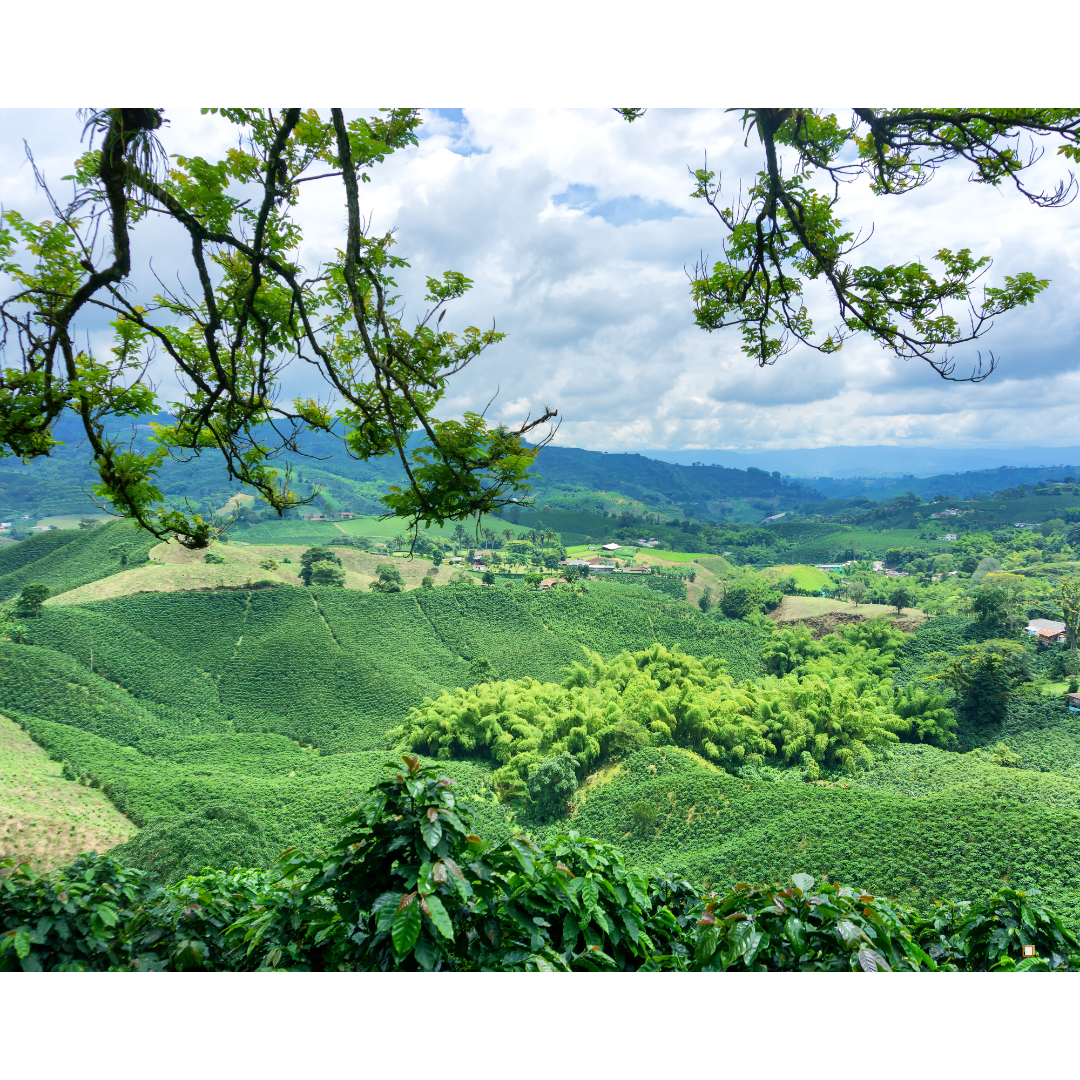
How Fermentation Impacts the Flavor of Blue Mountain Jamaican Coffee
Blue Mountain Jamaican coffee owes much of its world-renowned flavor to the intricate fermentation process it undergoes during production. For home coffee brewers seeking to understand what makes these beans so unique, fermentation is a crucial yet often overlooked step that transforms raw coffee cherries into the extraordinary brew we enjoy. Here, I’ll explore how fermentation works, its impact on flavor, and how understanding this process can elevate your appreciation of this exceptional coffee.
What is Coffee Fermentation?
Fermentation is a natural, biological process that occurs after coffee cherries are harvested. During this stage, enzymes and microorganisms break down the sugars and mucilage surrounding the beans. This step is critical for separating the bean from the cherry and developing its final flavor profile.
In the production of Blue Mountain coffee, fermentation typically takes place in water-filled tanks, where the beans are left to soak for a precise amount of time. The conditions—temperature, water quality, and duration—are carefully controlled to ensure the process enhances the coffee's flavor without introducing undesirable notes. The result is a clean, smooth bean ready for the next stages of washing and drying.
The Role of Fermentation in Flavor Development
Fermentation does more than just clean the coffee beans; it transforms their flavor. During this process, the sugars in the mucilage interact with microorganisms, creating byproducts that influence the beans' chemical composition. These changes are what give Blue Mountain coffee its signature flavor.
In particular, the fermentation process amplifies the delicate balance of acidity and sweetness found in Blue Mountain coffee. It enhances fruity and floral notes while maintaining the mildness and smoothness that make this coffee so desirable. Improper or rushed fermentation, however, can lead to sour or off-putting flavors, underscoring the importance of precision in this step.
Fermentation Techniques at Work in Blue Mountain Coffee
The farmers who produce this coffee rely on traditional fermentation methods honed over generations. Wet fermentation, in which water-filled tanks are used, is the most common approach. This method ensures even fermentation and minimizes contamination risks.
In some cases, producers may experiment with controlled fermentation to highlight specific flavor attributes. For instance, adjusting the time beans spend in the tanks can accentuate fruity or wine-like notes, adding complexity to the coffee's profile. These techniques reflect a deep understanding of how fermentation interacts with the unique terroir of the Blue Mountains.
Challenges in Fermentation for Blue Mountain Coffee
While fermentation is vital to creating the exquisite flavors of Blue Mountain coffee, it also poses challenges. The process is highly sensitive to environmental factors like temperature and humidity, which can vary depending on the season. Any deviation from the ideal conditions risks compromising the beans' quality.
Additionally, the labor-intensive nature of traditional fermentation methods can lead to inconsistencies if not managed carefully. Producers must constantly monitor the process to ensure every batch meets the high standards expected of Blue Mountain Jamaican coffee.
Brewing Insights for Home Coffee Enthusiasts
Understanding fermentation can deepen your appreciation for the complexities behind each cup of Blue Mountain coffee. As a home brewer, you can honor this craftsmanship by paying close attention to your brewing process. Here are some tips to make the most of these carefully fermented beans:
- Highlight the Coffee’s Nuances: Use brewing methods like pour-over or siphon, which allow you to control factors like temperature and extraction time. These techniques preserve the coffee's delicate flavors.
- Freshness is Key: Always store your coffee in an airtight container away from light and heat. Fermentation develops the beans' flavors, but improper storage can dull them.
- Experiment with Ratios: Start with a 1:16 coffee-to-water ratio and adjust based on your taste preferences. This helps emphasize the beans’ natural sweetness and acidity.
Elevating Accessibility to Blue Mountain Coffee
One of the biggest hurdles for home brewers is finding authentic, freshly roasted Blue Mountain Jamaican Coffee—especially when limited production and high global demand make these beans hard to come by. At Frontier Coffee Roasters, we’ve addressed this challenge and have plenty of product on hand for your now.
Through our online store, you can easily access our freshly roasted Blue Mountain coffee, complete with detailed brewing guides to help you achieve café-quality results at home. By preserving the integrity of the fermentation process through careful sourcing and expert roasting, we strive to deliver an outstanding experience with every cup.
Discover more about the legacy and exceptional quality of our Blue Mountain coffee by visiting our Blue Mountain Jamaican Coffee Hub and learn about our broader commitment to excellence at the Frontier Coffee Roasters Coffee Hub.

